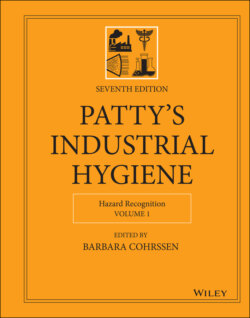Читать книгу Patty's Industrial Hygiene, Hazard Recognition - Группа авторов - Страница 112
3 MODELS AS RISK COMMUNICATION
ОглавлениеAs risk communication challenges have been identified for the most common EHS professions, we are now positioned to assist field practitioners and generalists alike to identify strategies and processes to help them address work‐related risk issues as they arise. Models of occupational risk prevention are derived primarily from the safety profession and they are essential for understanding the causal pathway of accidents and incidents across EHS. These models will describe which data are relevant to collect and assist in focusing the design of risk assessments to maximize the collection of risk communication components. Together with insight into the context of the events occurring, these data can, therefore, be transformed into information, and with the aid of models, information can be turned into knowledge. This derived knowledge can then be transferred into clearly delineating the value of necessary interventions, outcomes, and acquiring the resources to ensure they remain sustainable. Knowledge on causal pathways of accidents and incidents not only provides insight in reasons why they occur but also directs efforts to prevent work‐related adverse outcomes from occurring. The scientific field dealing with occupational risk prevention, however, is relatively young, and the models used in this field of research have a status of graphic presentations, instead of a classic scientific model (10).
